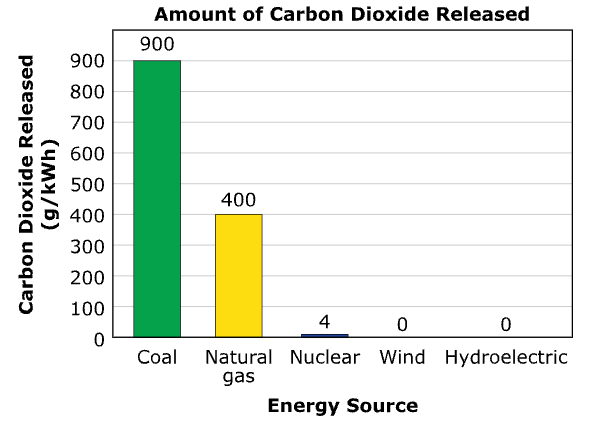
Explanation:
Hydroelectric power also produces electricity with very low carbon dioxide emissions, whereas coal is one of the highest emitters of carbon dioxide among energy sources. Thus, increasing hydroelectric power and reducing coal would likely result in the greatest decrease in carbon dioxide emissions.
Explanation:
The sequence of events goes from the initial perception of the sound by the rabbit's ears, to the processing of this information by its brain, to the brain sending a signal to the muscles to act, and finally to the rabbit's physical response of running away.
Explanation:
As the Earth rotates on its axis, different parts of the sky become visible from different locations on the planet. This rotation causes celestial objects, such as stars and constellations like Orion, to appear to move across the sky from east to west. So, as the Earth rotates during the night, it gives the impression that Orion rises from the east and sets in the west. This apparent motion is due to the observer's perspective from the rotating Earth, not due to the stars actually moving.
Explanation:
The gravitational pull of the Moon is the primary force behind ocean tides on Earth.
Explanation:
A solar eclipse occurs when the Moon blocks the Sun's light from reaching Earth.
Explanation:
The inner core is composed of solid iron and nickel due to high pressure.
Explanation:
Igneous rocks form from the cooling and solidification of magma or lava.
Advertisement
Explanation:
Perpendicular boundary is not a recognized type of plate boundary.
Explanation:
Mechanical weathering breaks down rocks physically without altering their chemical composition.
Explanation:
Condensation is the process of water vapor turning into liquid water when cooled.
Explanation:
The troposphere is the lowest layer of the atmosphere, where weather occurs.